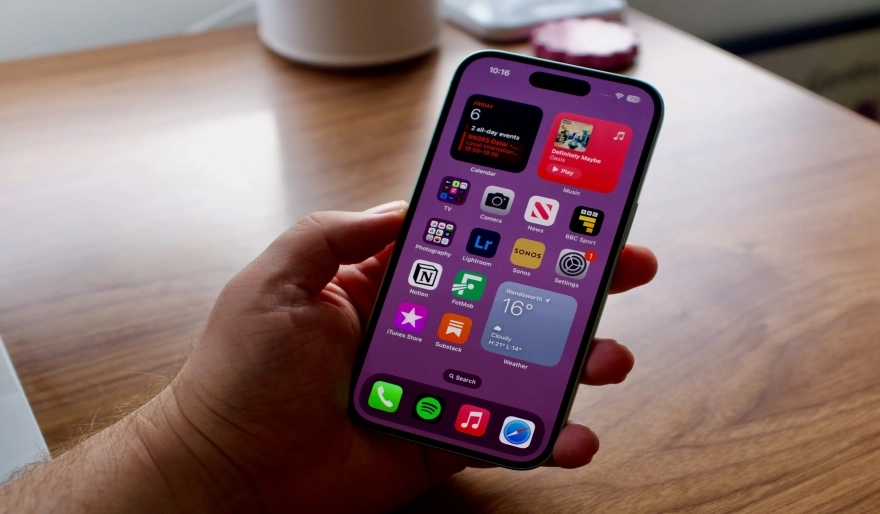Transferring Files Between Android Devices and PCs
9 min read Methods and Best Practices for Transferring Files Between Android Devices and PCs - written by YASSIN Zoi, Senior Content Marketer March 03, 2024 15:27
1. Introduction to File Transfer Between Android Devices and
PCs
The present study attempts to address such
deficiencies. The first aim of this study is to categorize and explain the
different methods used for transferring files between Android devices and PCs.
In the study, the methods used to transfer files between Android devices and
PCs are divided into ten categories, specifically using a USB cable for Android
to PC file transfer; using a USB cable for PC to Android; Bluetooth file
transfer; e-mail file transfer; Android Application file transfer; cyberlocker
file transfer; local network; cloud computing; and automatic file transfer. The
second aim is to compare the ten methods proposed for file transfer using ten
evaluative criteria, including platform compatibility; file transfer speed;
file size; file transfer quantity; power usage; file organization; file type;
user friendliness; user privacy; and file transfer cost. Finally, a list of
best practice recommendations for data transfer and reception is suggested
based on a comprehensive evaluation of the ten file transfer methods.
With the increasing adoption of the Android platform,
users are increasingly in need of simple, yet efficient, file transfer methods
between Android devices and personal computers (PCs). Currently, a few methods
have emerged to address this need. Given the increase in file sizes and the
complexity of file types, today's users need optimized approaches to cope with
the problems they encounter regarding file transfer. Previously, several review
articles have reported on data management for mobile devices, but none have
explicitly addressed Android file transfer methods. Meanwhile, the transfer of
multiple image files appears to be the most common use of the file transfer
method. In spite of the large number of images shared via mobile phones, only a
few articles have reviewed these data transfer concepts.
2. Wired Methods of File Transfer
The basic levels of transfer include wired, local
wireless, and Internet. Each of these has, in fact, many different ways it can
be achieved. The most common of the wired transfers involve Bluetooth and USB,
with Bluetooth limited to wireless transfer between devices with support for
the technology. Wireless transfers of Internet origin are initiated from the
device. A file uploaded by using this capability is sent to the server that
hosts the service that performed the upload. In that circumstance, the Internet
origin of the file is lost, but the file can then be shared by hyperlink or may
be curated to other content that is, in turn, shared. When a transfer is
achieved by downloading a file, the file is either pushed from the server to
the device or is pulled from the server by the device. In the latter case, the
file can be requested by the device specifically (i.e., requested via the URL
of the file), or by performing a search query.
Though most home desktops don't have Bluetooth
capability, this doesn't mean that they can't take advantage of Bluetooth file
transfer capability. USB dongles are widely available that provide just such
capability, offered at a relatively low cost. There is also a caveat that
limits the scope of what Bluetooth file transfer can actually achieve, in spite
of the fact that Bluetooth is not used for connection to a specific device and
so allows many devices to talk to each other. Nevertheless, Bluetooth remains a
useful way to transfer data between Android devices and desktops. It has come to
be supported in new desktops so that fewer and fewer desktops will require this
extra dongle. These are the main ways of transferring files between Android and
a desktop to be discussed in this report. There are also some others, but this
list represents the most prominent and most common that are used with the
majority of users. The methods that follow are discussed further in the next
two chapters. The first chapters steps are to make the Android device visible
to the PC, and to perform a brief analysis of the above-listed methods.
3. Wireless Methods of File Transfer
3.1. Bluetooth Use the Bluetooth function to quickly
exchange files with other devices. See your device's user guide on how to use
Bluetooth. Bluetooth connections can be used for transferring files between a
PC and an Android device provided that both devices are Bluetooth-enabled and
support FTP (File Transfer Profile) or OPP (Object Push). On your Android
device, you can use Android Bluetooth File Transfer. In this application, all
received files will be saved under the Bluetooth folder in the internal memory
of your device. On Windows-based PCs, the Bluetooth file transfer function can
be easily used. When Bluetooth is enabled on both PC and Android devices, your
PC will recognize your Android device and you can begin the file transfer
process.
To exchange files between an Android device and your
PC, you can use a wireless method: Bluetooth or Wi-Fi. Wi-Fi or the local
network can be used to transfer files using third-party applications.
4. Best Practices for Secure and Efficient File Transfer
When both devices have established a service discovery
connection by DNS Service Discovery using IP-multicast or IP-unicast IP
networking configurations, the Android device allows the user to select and
display the media type against the device name in a list. The most common media
types are stored in the custom text records of each Android machine so that
only services that contain one or more types have a relevant list displayed, as
is shown below. After the user has chosen a service, the chosen device sends
the PC the URL reference of the RFC3927 link-local address with the HTTP
server. This can be done by using the Bonjour DNS-SD interface by calling the
browse and resolve functions with the media type string or by exploring the
host file in the moment that a discovery query is made. This information can
then be located and sent in a standard fashion after the HTTP server has
responded.
One of the biggest barriers to enabling secure file
transfers from a PC to an Android device is the ability to create a secure
synchronization link. Although the capabilities of the JmDNS library have been
extended to listen to and respond to link-local and unicast DNS Service
Discovery (DNS-SD) protocol service requests, the research area of encrypting
these types of service requests still needs further consideration. As was
described earlier in this paper, as well as providing the ability to discover
services attached to one or more wireless or wired local area networks, it is
important that all services are advertised and retrieved through publishing and
contacting only services of trustable entities, as was outlined in Figure 12.
Peer device trust should be the only consideration from the security
perspective and other forms of trust configuration relaxation should be
disregarded.
User Comments (0)
Popular Apps










Editor's Choice









